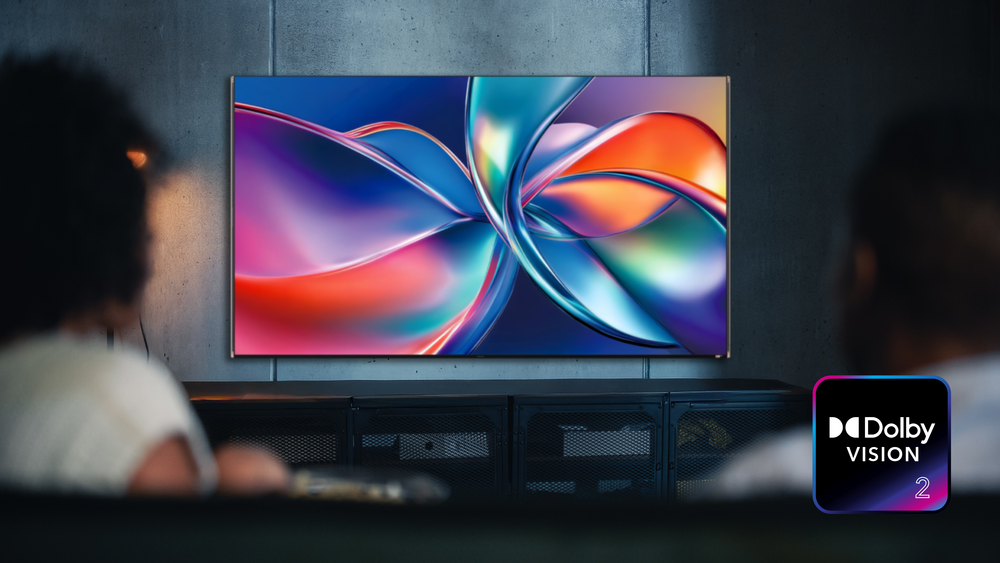Follow ZDNET: Add us as a preferred source on Google.
ZDNET’s key takeaways
- AI Pro bundle worth $240 is available for Pixel 10 Pro users for free.
- Access features like Gemini 2.5 Pro, Veo 3, NotebookLM, and more.
- The base Google Pixel 10 variant isn’t included in this offer.
Google’s new Pixel lineup includes the Pixel 10, Pixel 10 Pro, Pixel 10 Pro XL, and Pixel 10 Pro Fold. These are among the most advanced phones right now, and Google is leaving no stone unturned to convert iPhone users. Apart from the new MagSafe-like PixelSnap feature, the company is targeting Apple Intelligence’s missed opportunity with a free Google AI Pro plan to sway Apple fans.
Also: I replaced my Samsung Galaxy S25 Ultra with the Pixel 10 Pro XL for a week – and can’t go back
Google is offering its AI Pro plan, worth $240, for free to users who purchase and activate a Pixel 10 Pro, Pixel 10 Pro XL, or Pixel 10 Pro Fold. Unfortunately, the offer isn’t available for the base Pixel 10 variant.
As a result, if you spend $999 or more on a new Google phone, you are eligible to subscribe to a one-year Google AI Pro plan for free. Samsung offered a similar deal with the Galaxy Z Fold 7, Z Flip 7, and Z Flip 7 FE, but it was a $120 offer, so it was limited to six months.
The Google AI Pro plan bundles enhanced features like access to Gemini 2.5 Pro, Veo 3 for AI-generated videos, 2TB of cloud storage, and previews of upcoming AI tools. It typically costs $20 a month, but Google will cover a year’s worth of membership for free if you buy one of the new Pixel 10 Pro smartphones.
How to get Google AI Pro plan for free with Pixel 10 Pro
To redeem the Google AI Pro plan offer, you need to download the Google One app on your new Pixel 10 Pro, Pixel 10 Pro XL, or Pixel 10 Pro Fold. Make sure you log in with the Google account that you want the subscription associated with. Once done, the offer page should appear automatically with terms and conditions, which you have to accept.
Also: Everything announced at Made by Google 2025: Pixel 10 Pro, Fold, Watch 4, and more
Notably, the Google AI Pro plan offer is not available to Google One users who:
- Are subscribed to an add-on
- Are subscribed to a higher-tier plan than the one being offered
- Are on a family plan who are not the plan manager
- Have a subscription through a third party or affiliate
You can redeem this Pixel 10 Pro offer by Oct. 31, 2026, at 11:59 p.m. PT. Unless canceled earlier, Google AI Pro will charge $19.99 after the trial ends, so make sure you cancel it after a year of use if you don’t find value in it. Google says you can cancel anytime, and no refunds will be initiated for partial billing periods.
Also: College students can get Google’s AI Pro plan for free now. Here’s how
The latest Google Pixel 10 phones offer a range of AI features, including the new Magic Cue, Camera Coach, and more. Google is banking on Gemini’s extensive suite of AI features to leave a lasting impression on your daily workflow, and hoping it’ll make you spend $20 per month after the offer period ends.










